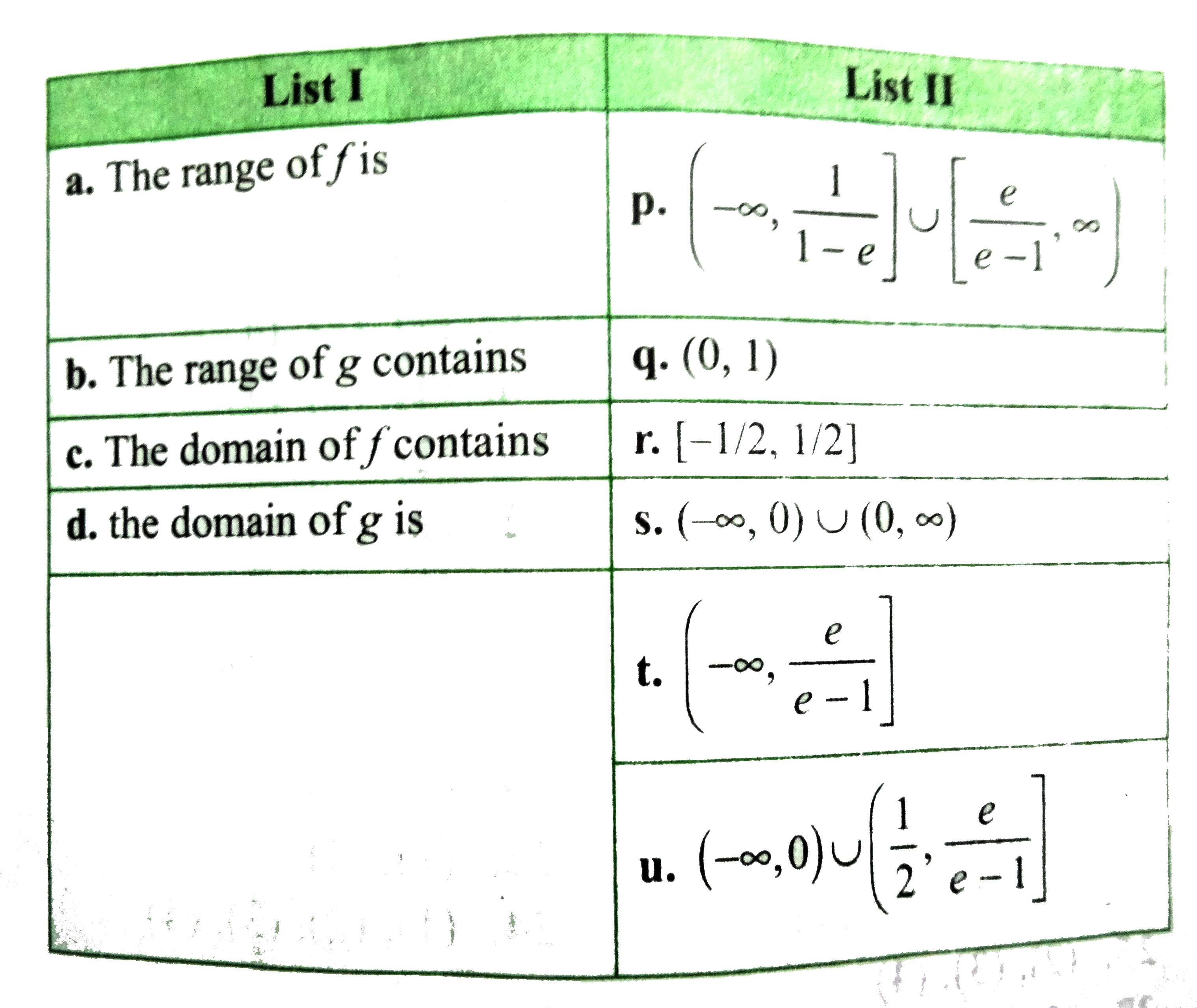In triangle ABC, sinAsinB+sinBsinC+sinCsinA=9/4anda=2, then the value of √3Δ, where Δ is the area of triangle, is _______
The correct Answer is:3
To solve the problem, we need to find the value of √3Δ where Δ is the area of triangle ABC, given that:
sinAsinB+sinBsinC+sinCsinA=94
and a=2.
Step 1: Use the given equation
Starting with the equation:
sinAsinB+sinBsinC+sinCsinA=94
We can multiply both sides by 4:
4(sinAsinB+sinBsinC+sinCsinA)=9
Step 2: Apply the sine product-to-sum identities
Using the product-to-sum identities, we can express the sine products in terms of cosine:
sinAsinB=12(cos(A−B)−cos(A+B))
sinBsinC=12(cos(B−C)−cos(B+C))
sinCsinA=12(cos(C−A)−cos(C+A))
Substituting these into the equation gives:
2(cos(A−B)+cos(B−C)+cos(C−A)−(cos(A+B)+cos(B+C)+cos(C+A)))=9
Step 3: Analyze the triangle properties
Since A+B+C=180∘, we can express cos(A+B) as −cosC, cos(B+C) as −cosA, and cos(C+A) as −cosB. This leads to:
cos(A−B)+cos(B−C)+cos(C−A)=92
Step 4: Use the maximum value of cosine
The maximum value of cos is 1. Therefore, for the sum of three cosines to equal 92, each must equal 1:
cos(A−B)=1,cos(B−C)=1,cos(C−A)=1
This implies:
A=B=C
Thus, triangle ABC is equilateral.
Step 5: Calculate the area of the equilateral triangle
For an equilateral triangle with side length a=2, the area Δ is given by:
Δ=√34a2
Substituting a=2:
Δ=√34(22)=√34⋅4=√3
Step 6: Calculate √3Δ
Now, we need to find √3Δ:
√3Δ=√3⋅√3=3
Final Answer
Thus, the value of √3Δ is:
3
and a=2.
sinBsinC=12(cos(B−C)−cos(B+C))
sinCsinA=12(cos(C−A)−cos(C+A))
Topper's Solved these Questions
- PROPERTIES AND SOLUTIONS OF TRIANGLEBOOK - CENGAGE ENGLISHCHAPTER - PROPERTIES AND SOLUTIONS OF TRIANGLEEXERCISE - Archives (Single correct Answer type)
2 Videos
- PROPERTIES AND SOLUTIONS OF TRIANGLEBOOK - CENGAGE ENGLISHCHAPTER - PROPERTIES AND SOLUTIONS OF TRIANGLEEXERCISE - Archives (JEE Advanced)
3 Videos
- PROPERTIES AND SOLUTIONS OF TRIANGLEBOOK - CENGAGE ENGLISHCHAPTER - PROPERTIES AND SOLUTIONS OF TRIANGLEEXERCISE - Matrix match type
6 Videos
- PROGRESSION AND SERIESBOOK - CENGAGE ENGLISHCHAPTER - PROGRESSION AND SERIESEXERCISE - ARCHIVES (MATRIX MATCH TYPE )
1 Video
- RELATIONS AND FUNCTIONSBOOK - CENGAGE ENGLISHCHAPTER - RELATIONS AND FUNCTIONSEXERCISE - Archives(Matrix Match Type)
1 Video
Similar Questions
For a regular polygon, let r and R be the radii of the inscribed and the circumscribed circles. A false statement among the following is There is a regular polygon with rR=1√2 (17) There is a regular polygon with rR=23 (30) There is a regular polygon with rR=√32 (47) There is a regular polygon with rR=12 (60)
View SolutionLet ABC be a triangle such that ∠ACB=π6 and let a , b and c denote the lengths of the side opposite to A,B ,and C respectively. The value(s) of x for which a=x2+x+1,b=x2−1,and c=2x+1 is(are) −(2+√3) (b) 1+√3 (c)2+√3 (d) 4√3
View Solutionshow that tan−1(12)+tan−1(211)=tan−1(34)
View SolutionMatch the statements /expression given in List I with the values given in List II.

View SolutionLet E1={x∈R:x≠1andxx−1>0}andE2={x∈E1:sin−1(loge(xx−1)) is real number}
(Here, the inverse trigonometric function sin−1x assumes values in [−π2,π2].)
Let f:E1→R be the function defined by f(x)=loge(xx−1)andg:E2→R be the function defined by g(x)=sin−1(loge(xx−1)).

The correct option is
View SolutionIn a ΔABC if a2sin(B−C)+b2sin(C−A)+c2sin(A−B)=0, then triangle is
View SolutionIn triangle ABC, sinAsinB+sinBsinC+sinCsinA=9/4anda=2, then the value of √3Δ, where Δ is the area of triangle, is _______
View SolutionIn any ΔABC, prove that a(sin B - sin C)+b(sin C - sinA)+c(sinA - sinB)=0.
View SolutionIn a ΔABC, 2 sinA cos B + 2 sin B cos C + 2 sin cos A = sin A + sin B + sin C, then ΔABCis
View SolutionΔABC में सिद्ध कीजिए कि -
Δ=b2−c22⋅sinBsinCsin(B−C)
View SolutionΔABC में सिद्ध कीजिए कि sinB+sinC>sinA
View SolutionIn any triangle ABC, if sin2A+sin2B+sin2C=94, show that the triangle is equilateral.
View SolutionIf sinA+sinB+sinC=(3√3)/2 then ΔABC is
View SolutionIn ΔABC,sinA:sinB:sinC is
View SolutionIn ΔABC,ifsin2A+sin2B+sin2C=9/4, then the triangle is
View Solution

